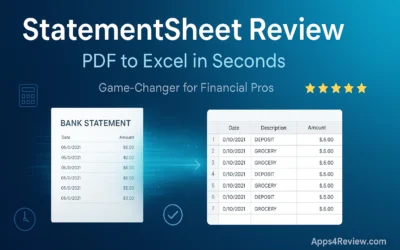If your blog is underperforming, you most likely did not make the best decision in its implementation. The key is to audit your underperforming blog posts, analyze the data, and identify areas for improvement.
Listed below are a few simple optimizations you can make to a low-performing blog post:
Conduct a New Round of Keyword Research
Keyword rankings are calculated by how users conduct their searches. As a result, new keywords may emerge while high-volume keywords decline. That’s why it’s a good idea to run a new round of keyword research now and then, so you can replace and optimize for new and more desirable keywords.
However, changing search volumes aren’t the only reason you should reoptimize your keywords. In some cases, the issue is not the search volume but the keywords’ relevance to the blog post’s content.
This could occur when the blog post’s topic and discussions are unrelated to the keywords selected. Search engine algorithms aim to provide the best, most relevant, and most informative content to searchers. An irrelevant blog post won’t get as much traffic or conversions even if you’ve chosen a high-volume keyword strategically.
Compare the Results to Your Top-Performing Blog Posts
If some of your blog posts are receiving less traffic than others, examine your best-performing posts to see what the others are missing.
You can begin by examining and comparing the following:
- Style of writing -tone, language, niche slang, etc.
- Rates of click-through
- Rates of bounce
- the number of words
- Formatting – font styles, text size, sectioning, headings, etc. Font styles, text size, sectioning, headers, etc.
- Photographs and videos
- Targeting your audience (who you’re writing for)
- Keywords – search volumes, relevance, stuffing, cannibalization, etc. Search volumes, relevance, packing, cannibalization, etc.
- Promotion – (social media, email lists, newsletters, and so on) (social media, email lists, newsletters, and so on)
- Backlinks
- External and internal hyperlinks
- Quality of available content (Is one more complete or informative than the other?)
You can use tools such as the Google Search Console to collect as much data as possible about your blog, allowing you to analyze and compare the differences better.
Refresh Outdated Information
Outdated data is a surefire way to drop out of the SERP rankings. People have little to no use for them, so both search engines and readers will ignore a blog full of them.
New rules, trends, technology, and products can all have an impact on your niche. A new law, for example, may alter a few legal processes in your state, so you should update your legal guides accordingly. Similarly, a new software update is a time to edit your tech posts.
Your competitors will eventually overtake you in the SERPs if they publish more relevant and timely information. So you should update your older posts even before they start to fall off. You won’t have to wait for site crawlers to detect changes made after falling down the rankings this way.
Promote Your Low-Performance Blog Posts
A few blog posts require an early start. Directing traffic to newly optimized posts is an excellent way to get things started. You can do this for recently updated posts, high-quality posts that have fallen off, and older posts that may be relevant to your new content.
Link to them and promote them on social media, newsletters, and email drips. Users can also incorporate links to older posts in newer ones if they are meaningful and can be fully integrated into appropriate anchor texts.











